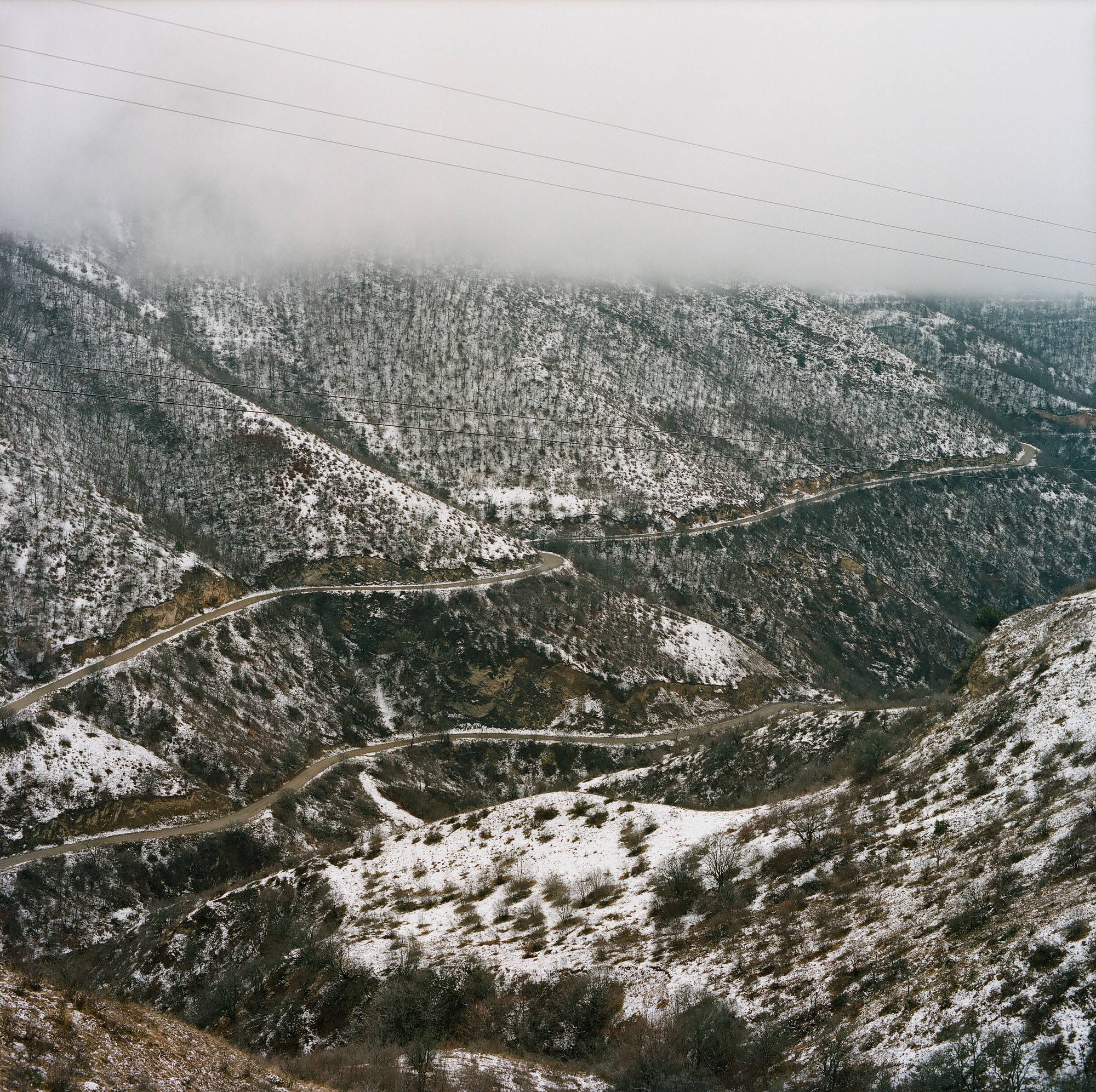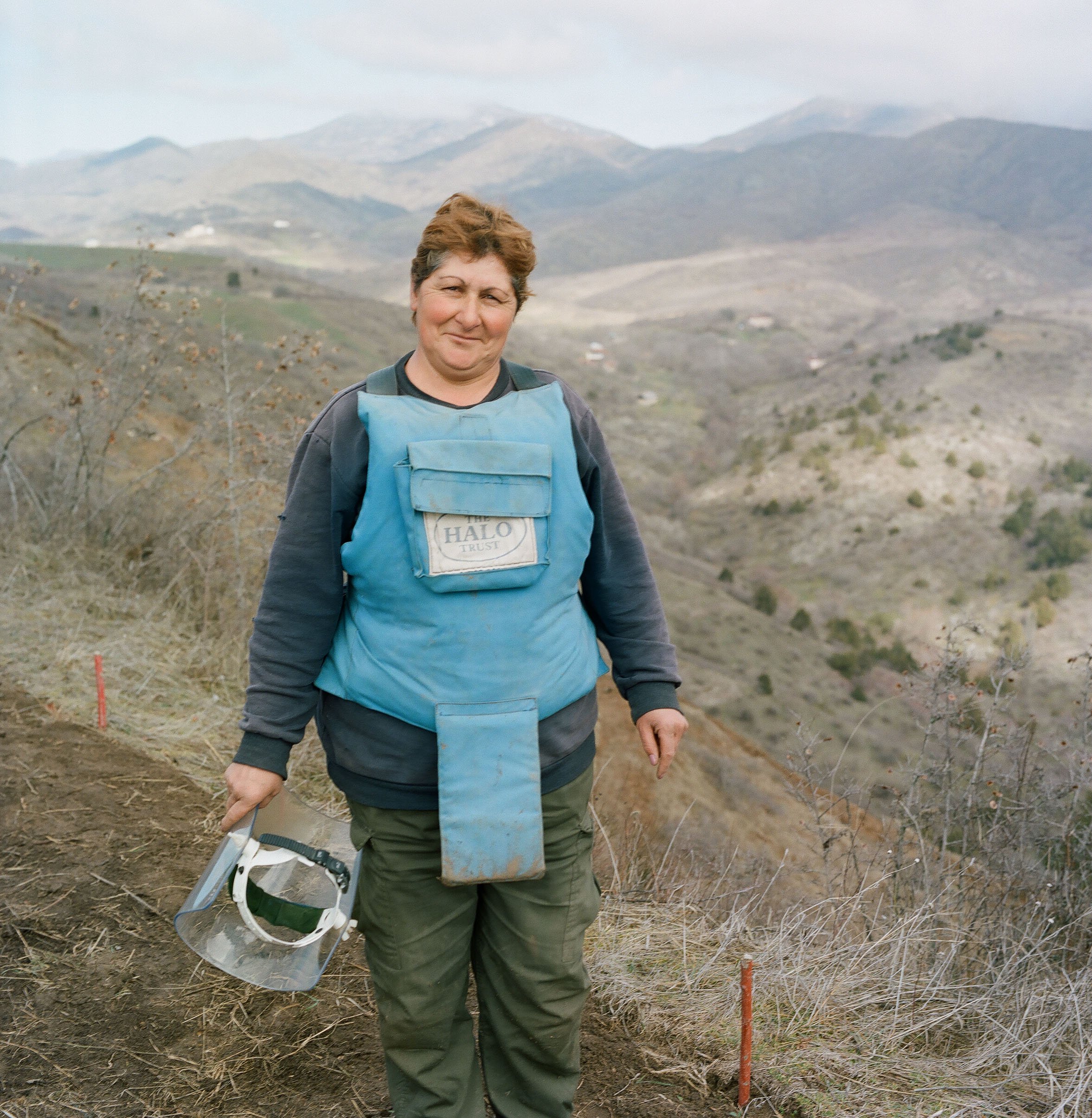Female de-miners of Nagorno-Karabakh
We sit in the sparse living area of a HALO base camp, perched high up on the ridges of a valley in Berdzor (Lachin). Here, Narine Asatryan tells me that finding a landmine is a feeling like no other.
For more than two decades, the people of Nagorno-Karabakh have lived with the deadly legacy of war. The first Nagorno-Karabakh War (1988–1994), fought between the former Soviet republics Armenia and Azerbaijan, left the region heavily laced with unexploded ordnance (UXO).
Today, landmines and other UXO continue to contaminate the land, putting lives at risk and hindering economic recovery.
The HALO Trust – an organisation dedicated to clearing landmines around the world – worked in Nagorno-Karabakh from 2000 and established its first female de-mining team in 2015. Defying traditional gender roles, these women were able to provide for their families while making a tangible difference in their communities.
I travelled to Nagorno-Karabakh to hear their stories.
Update 2025: Renewed conflict in 2020, followed by Azerbaijan’s military operation, have since displaced nearly all ethnic Armenians from Karabakh and brought HALO’s operations in the region to an end. The HALO Trust is still clearing landmines and other explosive devices left behind by conflicts around the world.












